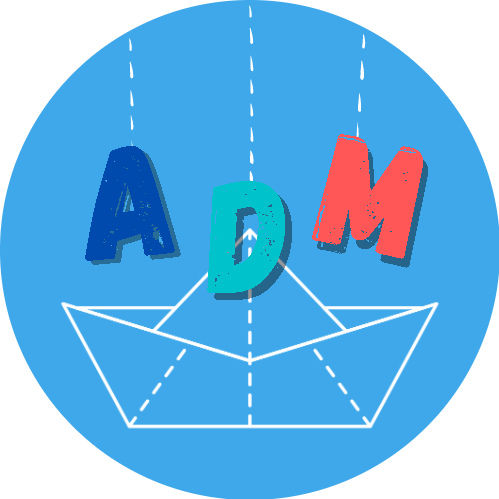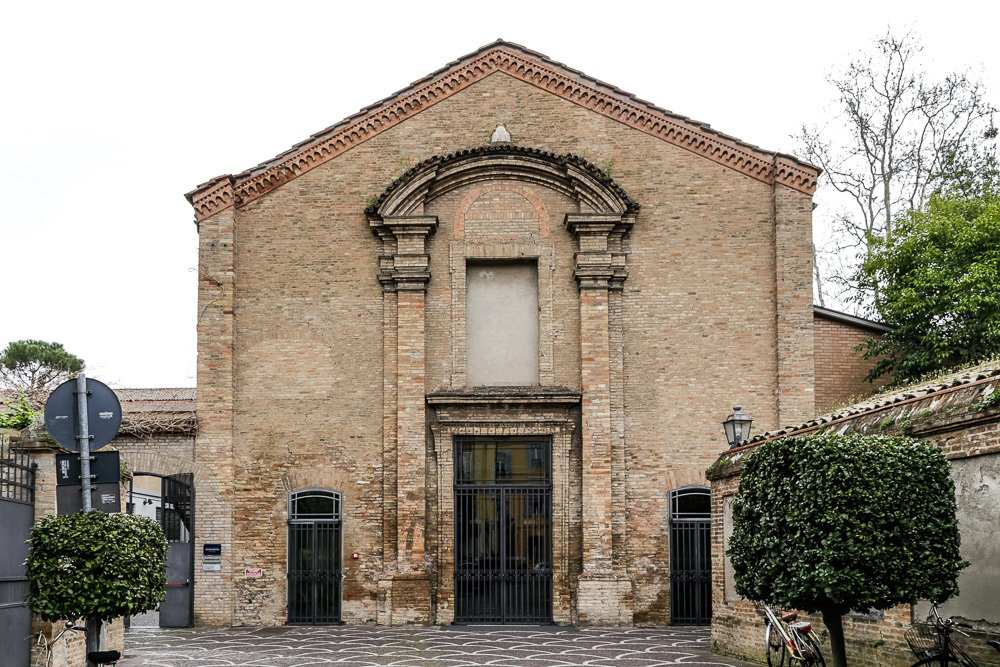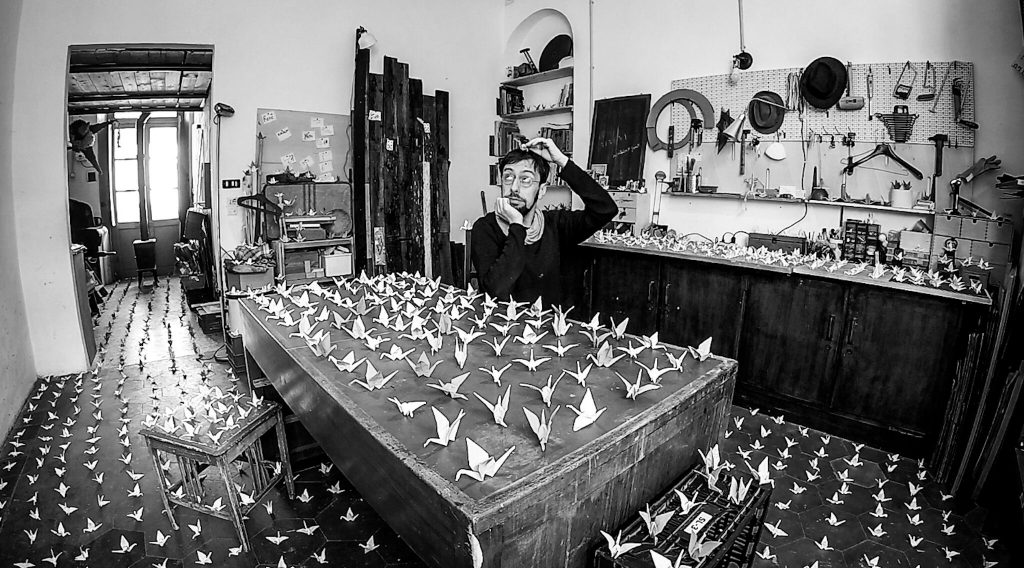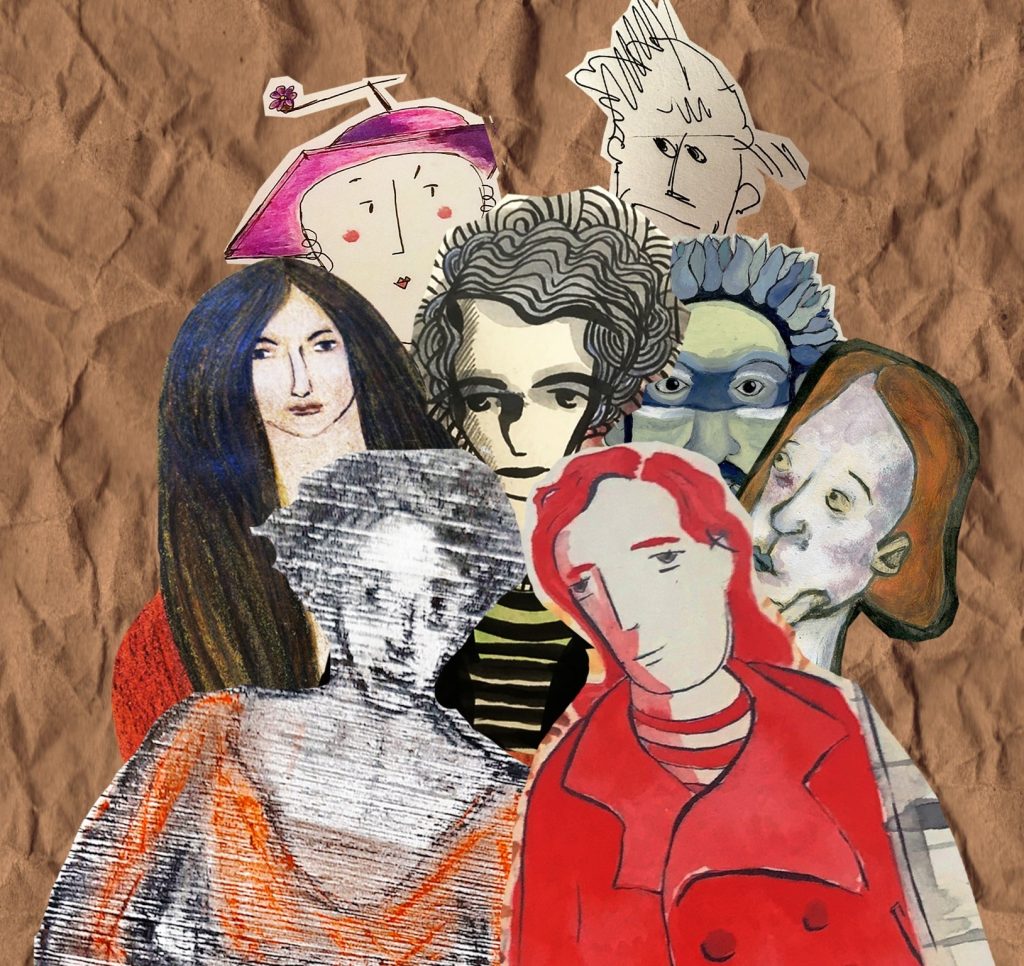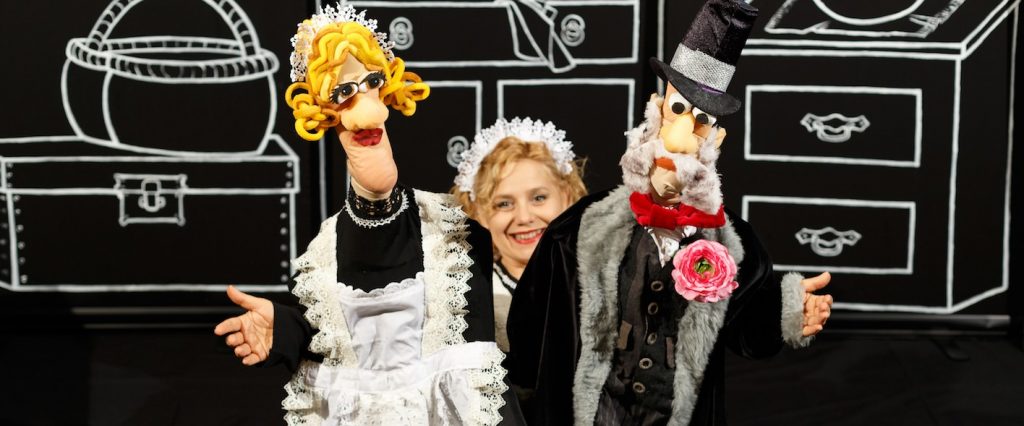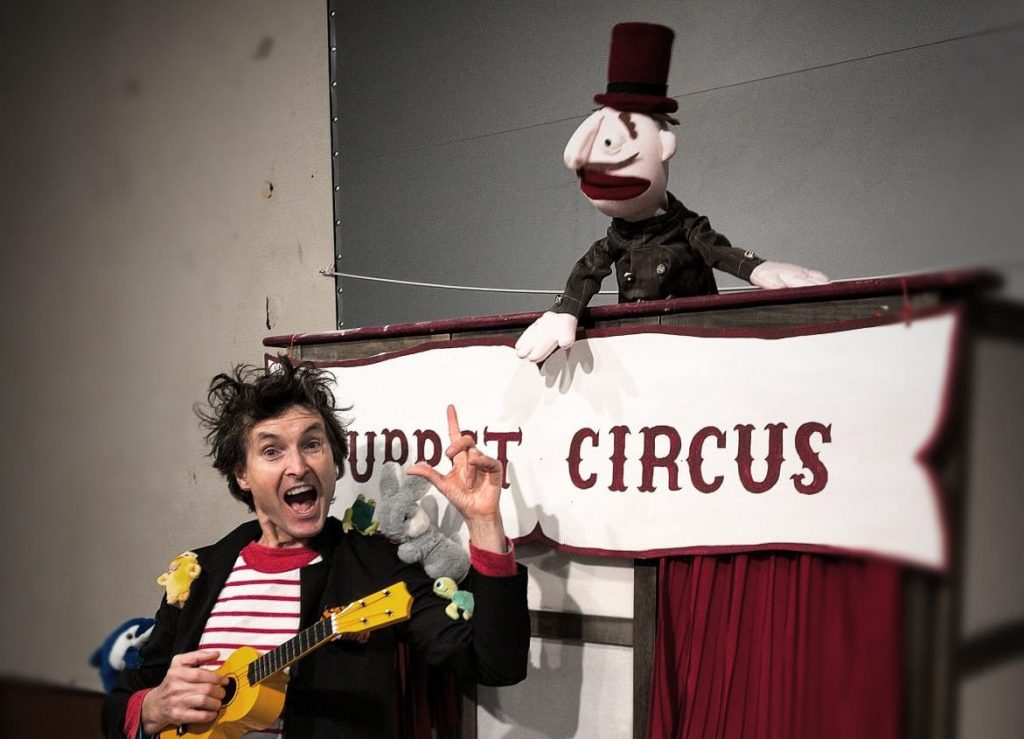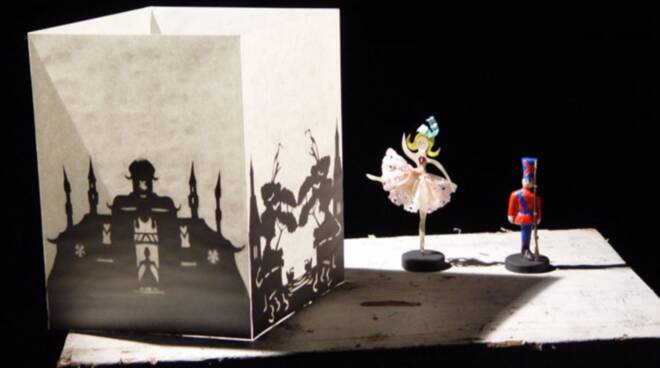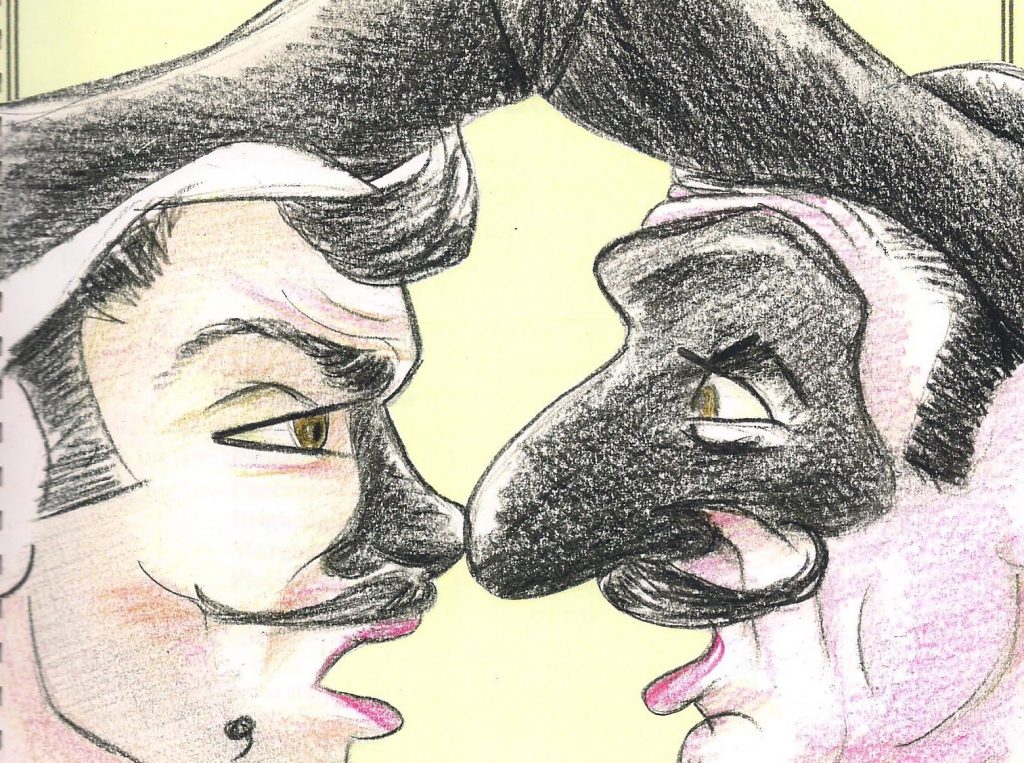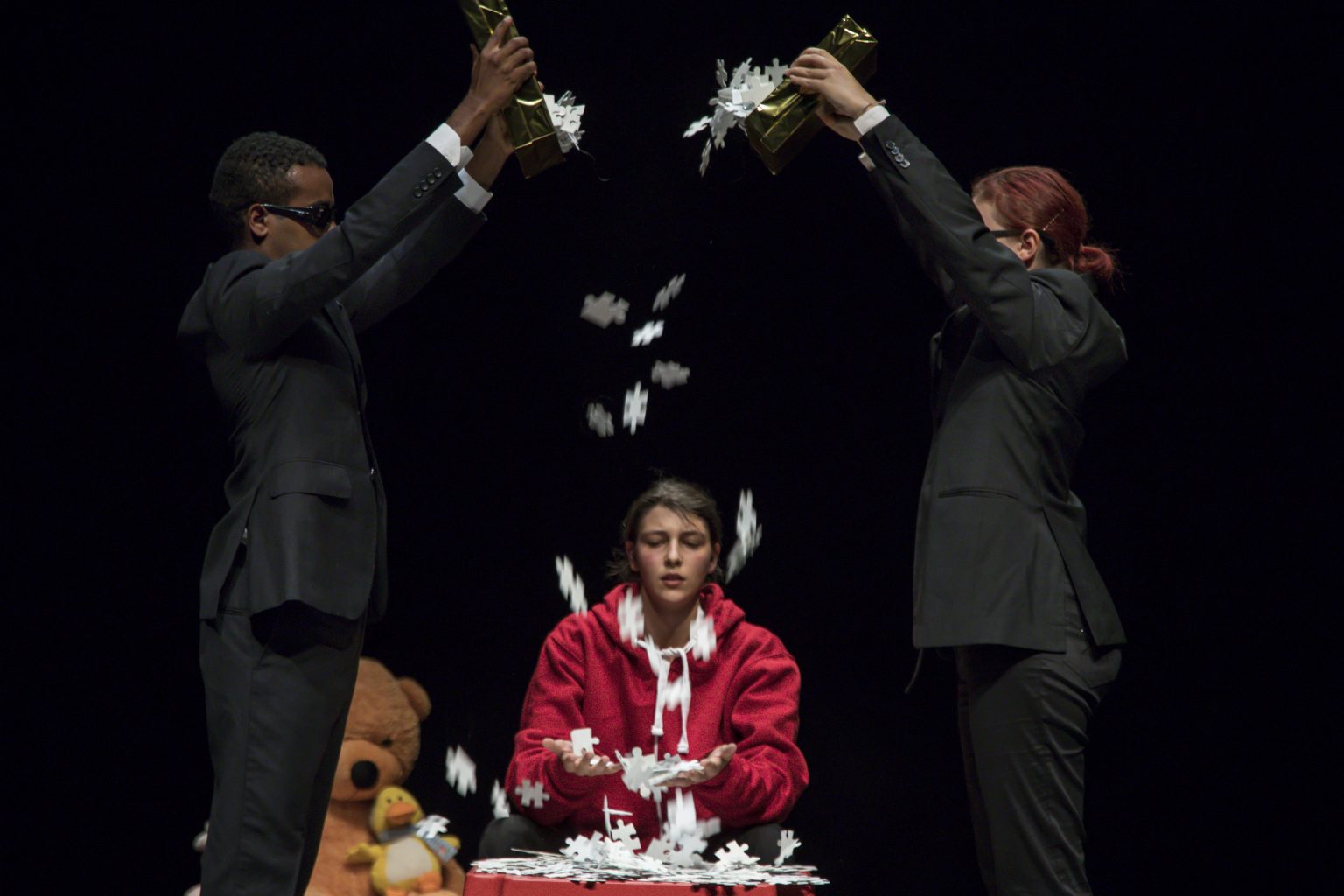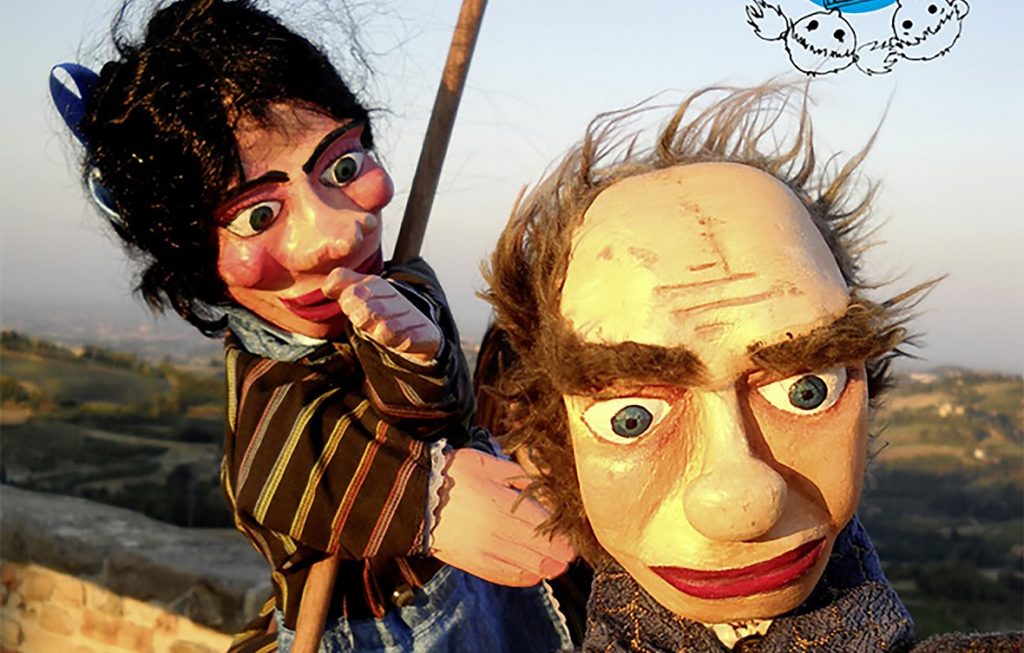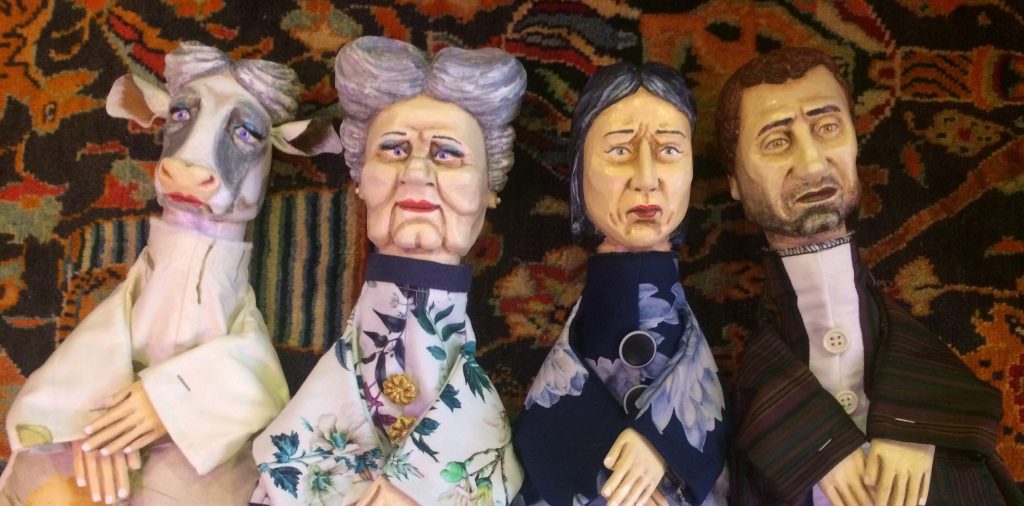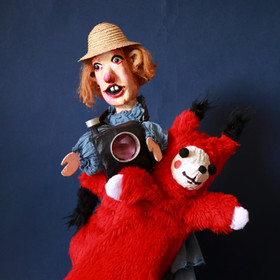
A singolar tenzone
Mimmo Cuticchio
in dialogo con Massimo Marino
Il teatro di pupi di Mimmo Cuticchio è il motore di una macchina teatrale contemporanea che affonda le sue radici nelle tecniche e nei saperi di un’antica tradizione proiettata verso il futuro, che prende corpo negli spettacoli del ciclo carolingio. Come gli altri maestri del Novecento, Mimmo Cuticchio ha dovuto creare una propria tradizione, avendo alle spalle – più ancora, avendo sulle spalle – una compiuta tradizione di partenza, che non voleva dimenticare né violentare. Ha infranto il recinto in cui rischiavano d’esser rinchiuse, conservate e isolate, le arti dell’Opra e del Cunto. Le ha tratte fuori dalla tradizionale visione d’una “vivente reliquia” del passato; fuori dalle mura di un immaginario Museo delle Tradizioni. Ha persino eroso, nella pratica e di conseguenza nella teoria, il confine tra teatro “di figura” e teatro d’attore e di regia.
L’ampio respiro acquisito dalla compagnia con la sua guida, la varietà dei programmi teatrali e lo spessore dei progetti testimoniano l’immensa portata del lavoro di rielaborazione e crescita operato un una tradizione secolare. L’affermazione internazionale della compagnia è dunque l’esito di una ricerca inesauribile su repertori e pratiche del narrare. Il rischio culturale costantemente praticato dal suo operare nella molteplicità delle forme e dei linguaggi (dal teatro musicale al cinema alle arti visive) individua nella compagnia un soggetto protagonista delle correnti che animano il teatro contemporaneo di ricerca e innovazione.
Sebbene la compagnia si collochi a pieno titolo nell’alveo del Teatro di Figura, nello specifico nel Teatro dei Pupi, nei suoi spettacoli, oltre ai pupi sono visibili allo spettatore anche i rispettivi “manianti”. Questa novità, che è stata considerata un vero e “strappo” rispetto alla tradizione, non è tuttavia un tradimento della stessa. Per non declassare il pupo a mero oggetto nelle mani e nella voce del puparo, per non creare un improprio protagonismo del puparo a spese del pupo, Cuticchio ha messo in scena un tertium tra i due, e cioè il rapporto d’amore tra pupo e puparo. Chi ha visto gli spettacoli della compagnia, sa che “amore” è la parola più appropriata per descrivere l’anima di questo teatro. Sul palcoscenico, puparo e pupo diventano una cosa sola, una sorta di prodigio che Kleist già indicava nel suo “teatro delle marionette”.
